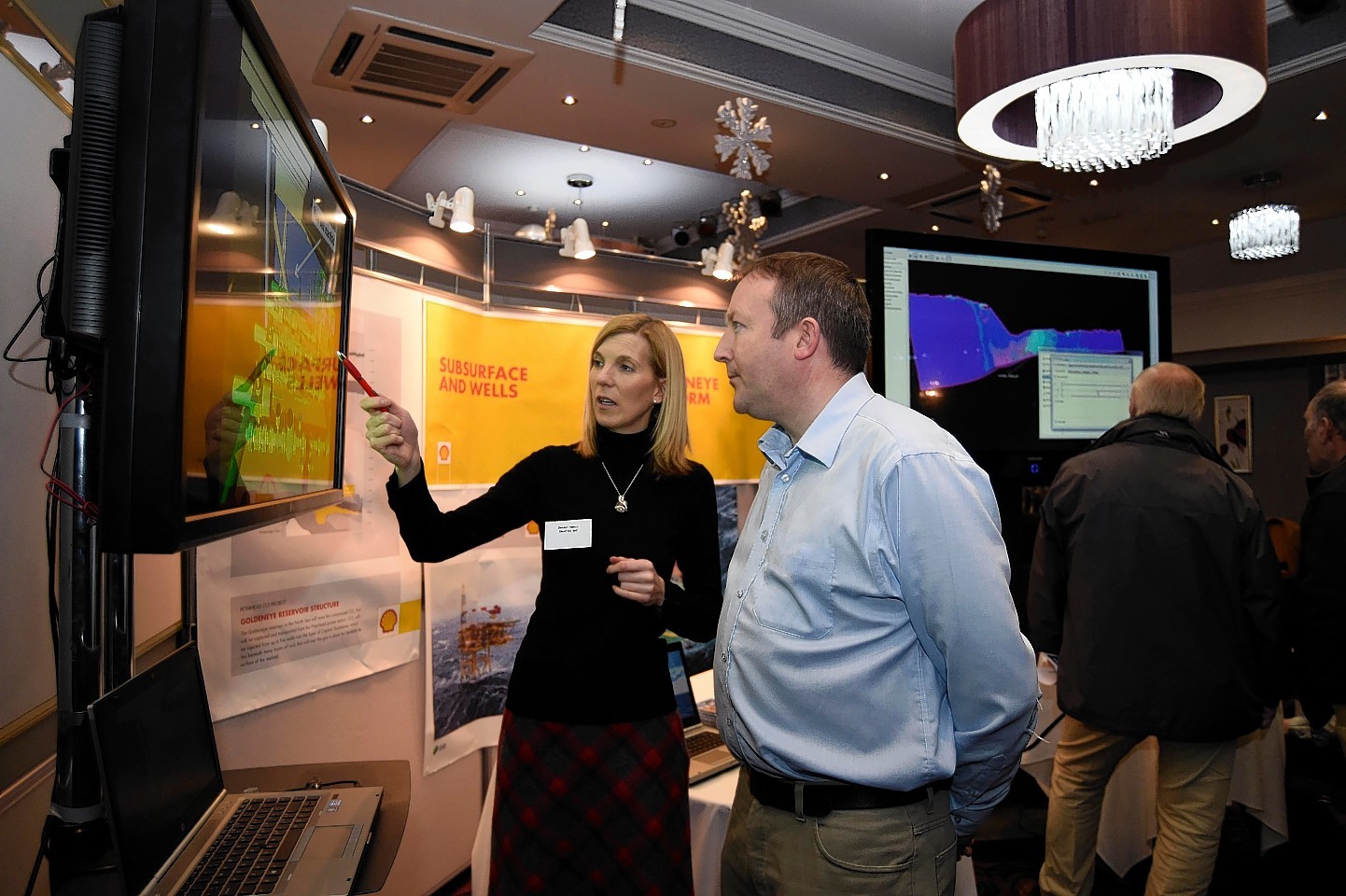More work must be done to develop Carbon Capture and Storage (CCS) so that the North Sea sector can make the transition to a low carbon economy, energy experts have said.
Research by Scotland’s national academy has proposed more investment and study must be devoted to the technology to make oil and gas extraction more environmentally friendly.
A wide-ranging study by the Royal Society of Edinburgh (RSE) also suggested nuclear power should be “considered” as an option in Scotland’s energy mix.
The RSE Inquiry, entitled Scotland’s Energy Future, warned the oil and gas industry faces higher costs when it comes to extraction and decommissioning.
More expensive technology will be required to extract new gas reserves, profit margins would fall and burning oil and gas was “counter” to reducing emissions.
But it noted that “significant” reserves remained, citing 2017 figures suggesting discovered reserves and resources in the region of 10 to 20 billion barrels of oil equivalent.
Professor Rebecca Lunn, inquiry deputy chair, said CCS represented an opportunity for the oil industry, which could use its expertise to reduce emissions by developing methods of storing carbon under the sea.
But she warned that more needed to be done.
Professor Lunn said: “There is no conceivable way that oil and gas will not be part of the future in the next few decades. It clearly will.
“The question then is how we have no net carbon emissions, which clearly means we will need to store carbon to accommodate that.
“There are opportunities for the oil and gas industry to be player in that, but at the moment the economics are not there.”
The Scottish and UK governments have put money towards the Acorn project at the St Fergus Terminal, near Peterhead, which will transport about 200,000 tonnes of CO2 for storage in depleted gas fields.
The report said billions of pounds would have to be invested to operate CCS on the necessary scale, noting that up to £31 billion was required to deploy the technology with around 10GW. The capacity of the UK’s existing power stations is around 90GW.
The Scottish Government is opposed to new nuclear power stations with existing technology.
But Professor Lunn said it was a low carbon option and should be considered.
The RSE said an independent advisory commission should be set up to look at how to meet Scotland’s energy needs.
The report warned that the closure of the country’s two nuclear power stations, Hunterston B and Torness, by 2030 will result in an electricity shortfall unless alternatives are found.
